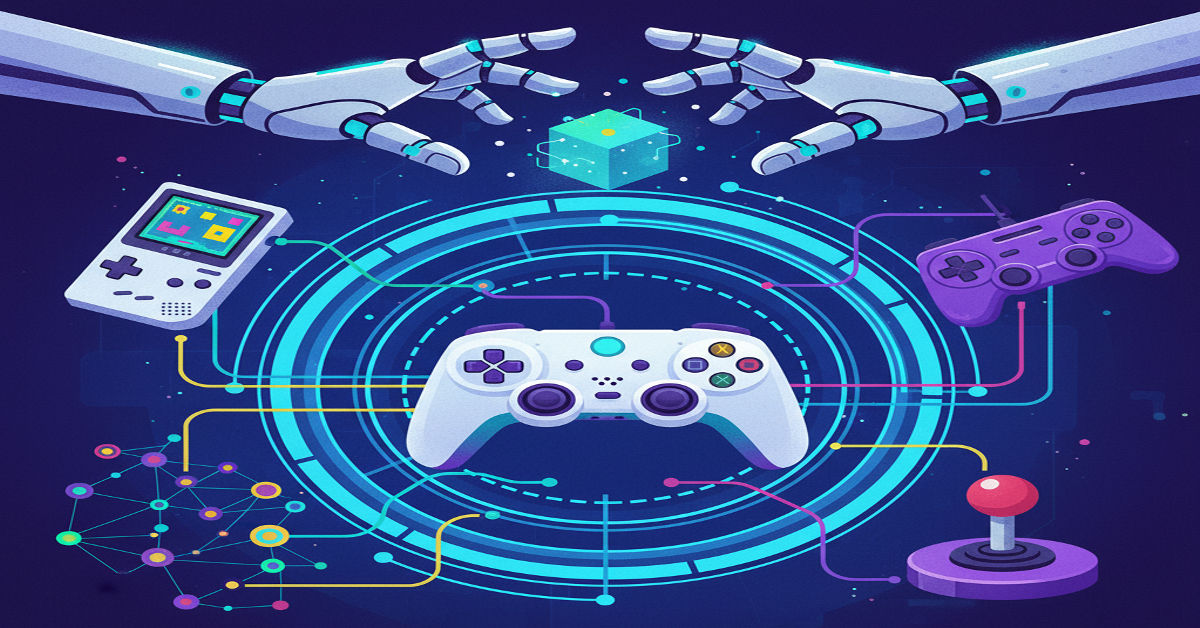Game systems are no longer just about entertainment. They’re now being used in other sectors to solve problems and speed up processes. These tools reduce the time spent in training and lower mistakes. As this approach grows, developers are building new kinds of platforms that borrow from traditional game logic.
Probability-Based Algorithms and RNG
Not all game systems follow set logic. Some are based on chance. This is where random number generators, or RNGs, come in. An RNG is a tool that creates results that look unpredictable. It decides what happens next from a large set of possible outcomes.
There are many games that rely on this kind of probability. These include card games, loot drops in role-playing titles, and online slot games. In all of these, the outcome is not decided by skill or timing. It’s based on a number the RNG has selected. For example, in a card game app, the next card drawn is not decided in real time. The RNG will already have picked the next card before the player sees it.
Casino-style platforms rely on this even more. In those games, fairness is expected. For a platform such as Q Casino, having a certified RNG is one way to show that outcomes are not controlled by the platform itself. This helps users confirm that the results are based on chance, not manipulation. If a provider cannot show this, the results may come into question.
What Game Engines and Code Really Do Behind the Scenes
Behind every game is a core system that keeps everything working in sync. That system is the game engine. It handles the rules, reactions, and mechanics that make games function. Unity and Unreal Engine are two of the most used tools in this area. Developers choose them because they offer reusable systems that save time and allow for detailed control.
But engines alone aren’t enough. The code that runs inside them is what brings the game to life. Developers use languages like C++, Java, and Python depending on what the game needs. C++ works well for fast-paced games that need strong performance. Python is more common when a project involves artificial intelligence or backend systems that manage the game’s behaviour.
Each language has its own role. For example, a game that includes advanced physics or large 3D environments may rely on C++ to keep the frame rate steady. A system that supports in-game dialogue or adaptive enemies could be coded with Python, since it handles logic more clearly. Together, these tools form the base that powers how games run, react, and adjust in real time.
The Visual Systems That Shape Game Environments
The way a game looks is one of the first things people notice. Those visuals come from computer graphics systems that follow exact rules to produce detailed images. These rules help games load characters, textures, light, and motion on screen. Every shadow, animation, or glow effect is controlled by instructions written by developers and handled by the graphics engine.
Rendering is the step where these instructions turn into images. It can be used to make both 2D and 3D games. Developers work with shaders to manage how light and texture appear. These tools decide how a shiny surface reflects light, or how shadows fall across a wall. For example, in a stealth game, the way light reveals or hides a character depends on how the rendering system is built.
To make things look realistic, games also use physics and animation tools. These are what control how a character moves when they fall, run, or interact with objects. In a sports game, the movement of a ball after it bounces off a goalpost is calculated using a set of rules from the physics engine. These systems work together to make visuals feel stable and connected to player input.
Tools Developers Use to Build and Test Games
Beyond engines and graphics, game development involves many other tools. These include programs that help design characters, audio, levels, and even test how well a game runs. Graphic software like Blender or Maya is often used to make 3D models or animations. Developers can then export those models into the game engine for use in scenes or menus.
Audio tools are another part of the process. Sounds, music, and dialogue are edited with programs like Reaper or FL Studio. These tools let developers record and fine-tune every part of the sound. Whether it’s a footstep, a background hum, or a full soundtrack, these elements are added carefully and adjusted to match the timing of the game.
Testing tools are used before the game is shared with the public. These help check for bugs or broken features. They can simulate different user actions, test device compatibility, and measure how well the game performs under pressure. This step helps developers find and fix errors before players experience them.
With all of these tools working together, developers can create stable, high-quality games for different devices and systems.







